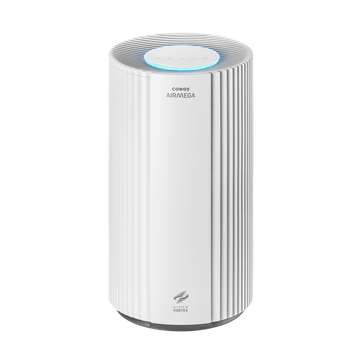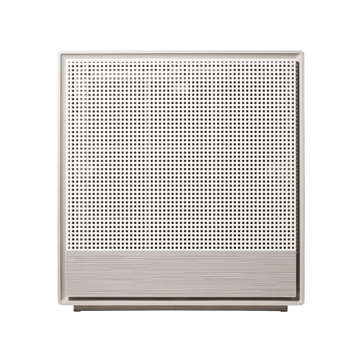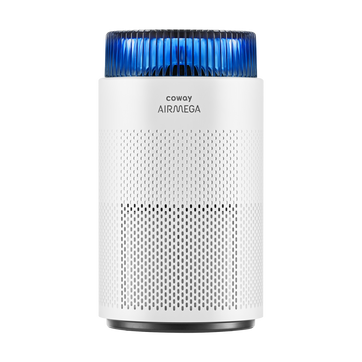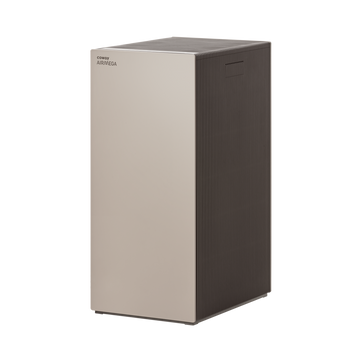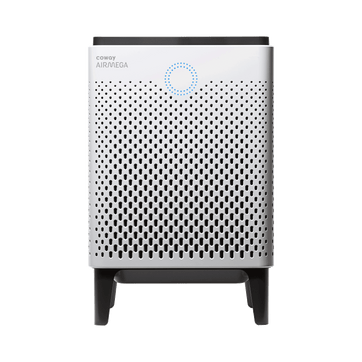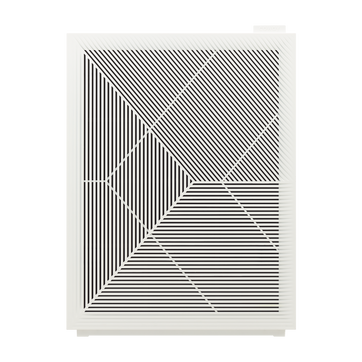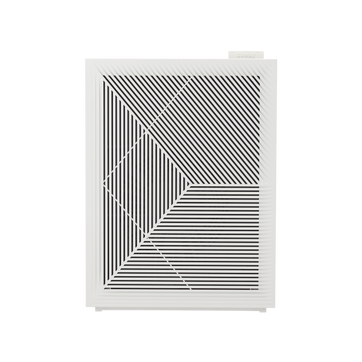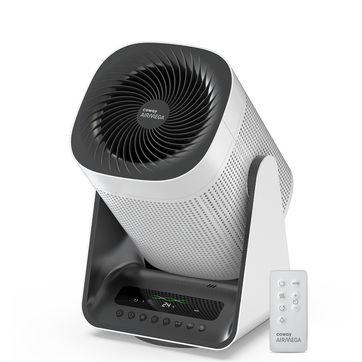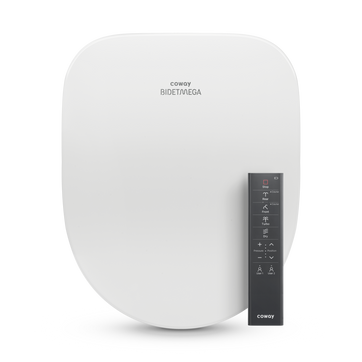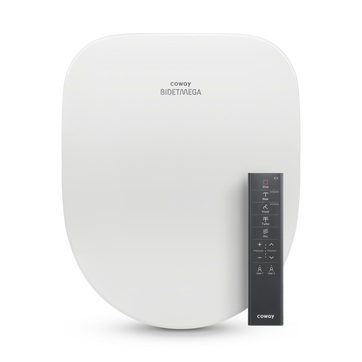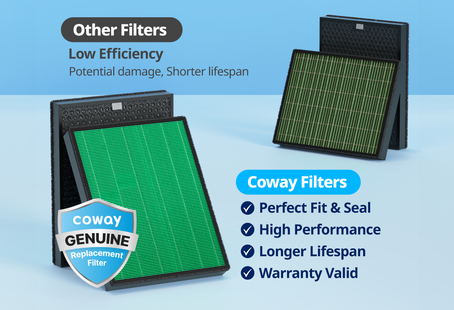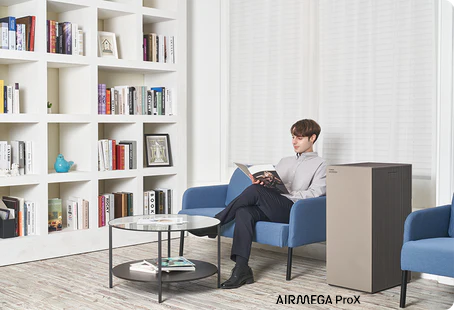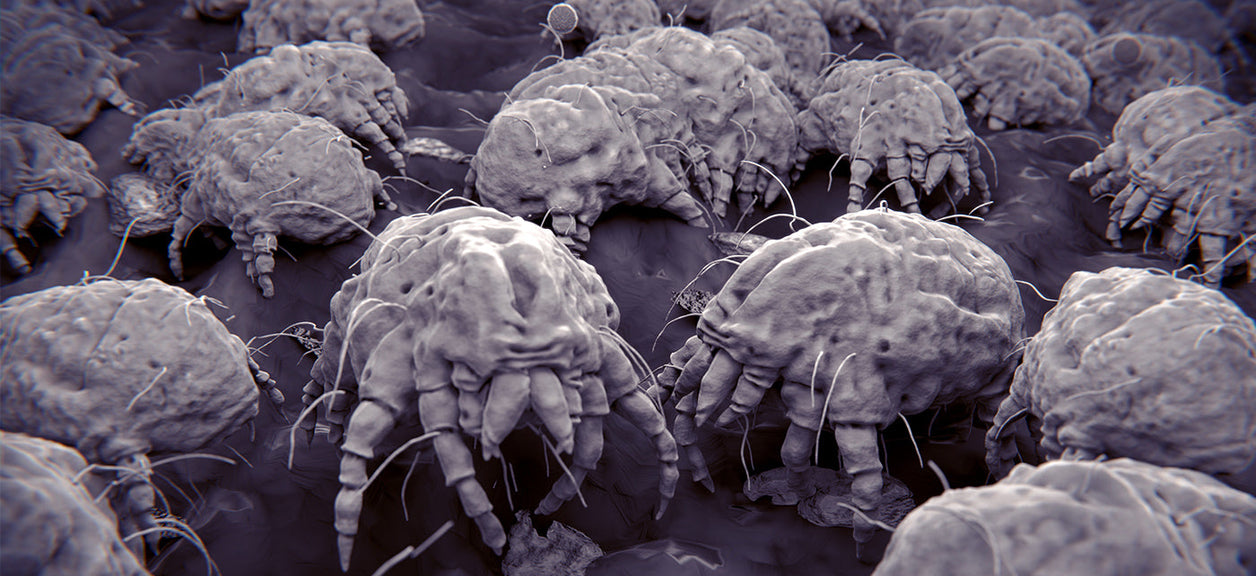
Allergen of the month: dust
As part of our ongoing Allergen of the Month series, this month we’re focusing on house dust and dust mites, the bane of many allergy and asthma sufferers.
While February may not often be associated with allergens, the fact is, cold weather can play havoc with your allergies. That’s because when you crank up the heat, you’re likely to stir up house dust—and that can trigger sneezing, wheezing and a host of other unpleasant reactions to dust and dust mites. Plus, turning up the heat can make the air drier, which can lead to irritated and inflamed nasal and bronchial passages, which can further exacerbate your allergy symptoms.
Fast facts
• Dust mites typically feed on skin flakes from humans and animals
• A typical house dust mite measures 0.2–0.3 millimeters in length
• Major causes of dust mite reactions are digestive enzymes from the mite’s gut that exist in its feces and exoskeleton
• A dust mite can produce about 2,000 fecal particles
• While the average life expectancy for a male dust mite is 10 to 19 days, a female can survive for up to 70 days, laying 60 to 100 eggs in the last five weeks of her life
Where to find them
These microscopic critters can set up shop just about anywhere in the house. Some favorite spots are wall-to-wall carpeting, upholstered furniture, bedding and curtains. Plus, because they prefer warm temperatures, any room that’s particularly toasty is also a potential breeding ground for dust mites.
How to Prevent them
• Use special filters or cheese cloth to block dust coming out of heating vents
• Change bed linen weekly and wash it in hot water
• Use dust-mite-proof bed clothes and cover pillows and mattresses with hypoallergenic covers
• Use anti-mite fabrics with a thread count greater than 246 threads per inch, a pore size of two-10 microns and dust leakage of less than 4 percent.
• Keep the air temperature low, since dust mites thrive in environments between 60 to 85 degrees
• Use an air purifier with a HEPA filter, like Airmega, to reduce the presence of dust and other allergens
Disclaimers
1Coway air purifiers has been proven to trap dust, pollen, dander, viruses and bacteria in the air based on KCL (Korea Conformity Laboratories) testing.They have been tested in a 30㎥ size chamber according to the Korea Air Cleaning Association standard (SPS-KACA 002-132:2022 Modified) to measure the 0.01㎛ size of particle removal rate. It was tested on maximum airflow speed in normal room temperature and humidity conditions. The performance may vary in the actual living environment of customers.
→ Tested with Airmega Aim, 150, 160, AP-1216L, AP-1512HH, AP-1512HHS, 200M, Icon, IconS, 230, 240, 250, 250 Art, 250S, 300, 300S, 400, 400S, ProX
299.97% of viruses, bacteria, fungi and pollen were verified to be removed from the air for Coway air purifiers which have Green True HEPA™ filter applied based on the Japan Food Research Laboratories(JFRL) testing according to JEM 1467 standard.
→ Tested with Coway Airmega AP-1512HH, AP-1512HHS, 250, 250 Art, 250S, 300, 300S, 400, 400S
→ All tested by JFRL and received above result within below time.
All tested by JFRL and received above result within below time.
- Virus: Tested with Escherichia coli phage ΦX174 NBRC 103405, 60 minutes
- Bacteria: Tested with Staphylococcus epidermidis NBRC 12993, 60 minutes
- Fungi/Mold: Tested with Penicillium citrinum NBRC 6352, 60 minutes
- Pollen: Tested with Cedar Pollen extract, 60 minutes
3Aerosol test conducted in a Biosafety level 3 laboratory with two Coway air purifier models, Coway Airmega 250 and 400 for removal of SARS-CoV-2 Aerosol by US based MRI Global, a not-for-profit laboratory and partner of US Department of Defense. The test was conducted in a 13.1ft3 chamber. Virus was aerosolized for 15 minutes and the product was turned on high for 2 minutes. Result showed each product effectively removed over 99.98% of the SARS-CoV-2 in 2 minutes. This is a result from a laboratory experiment condition and result may vary in different conditions. This result does not imply it kills SARS-CoV-2 or prevents the transmission of Covid-19. Coway Airmega 250S and 400S are identical to the tested models and has equal performance with an additional mobile connectivity function.
4The concentration of ammonia, acetaldehyde and acetic acid were proven to be removed within 30 minutes by FCG Research Institute, Inc. Human Life Science Lab. It is not a demonstration result in the actual use space. Not all odors and gases may be supported. → Tested with Coway Airmega 150, 160, AP-1512HH, AP-1512HHS, 400, 400S
5The coverage area of the air purifier is based on an area where the air cleaner can make two air changes per hour (ACPH). An air change per hour translates to how many times an air purifier can clean an area, assuming the height of a ceiling to be 8 ft, in one hour. Therefore ** means two air changes per hour means that the cleaner can clean the area once every 30 minutes and * means air changes per hour means that the air purifier can clean the area once every 60 minutes.
10Terms and conditions apply. Discounts, including promotions, coupons, bundle discount and subscription discount, cannot be stacked on top of other coupons. During promotional periods, discount codes will not be able to be applied to orders. Promo codes may apply to products only—filters, accessories, and new products within 3 months of the release date are not included.
